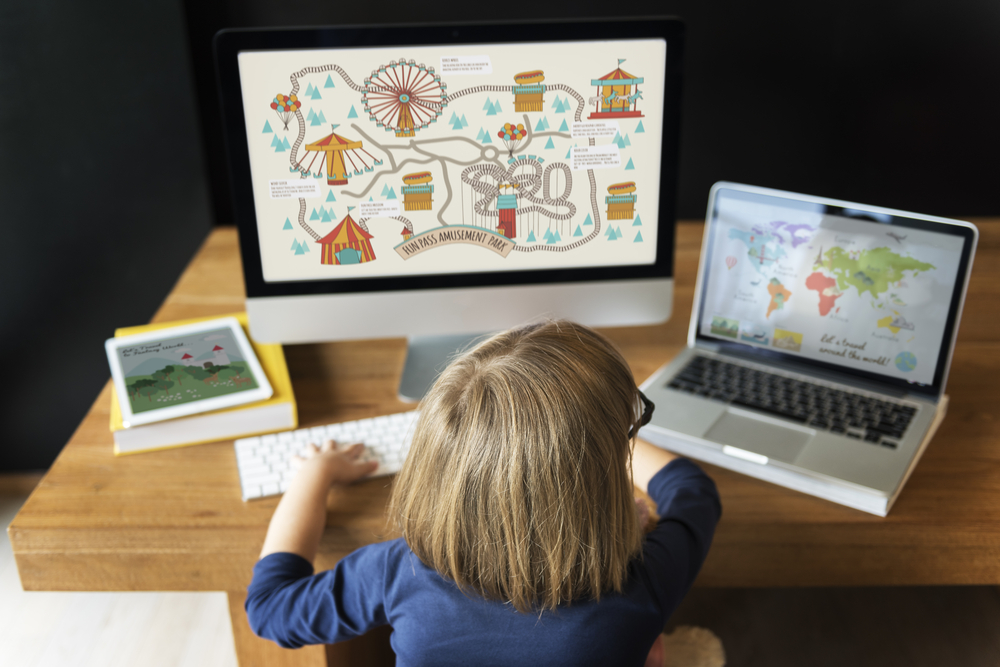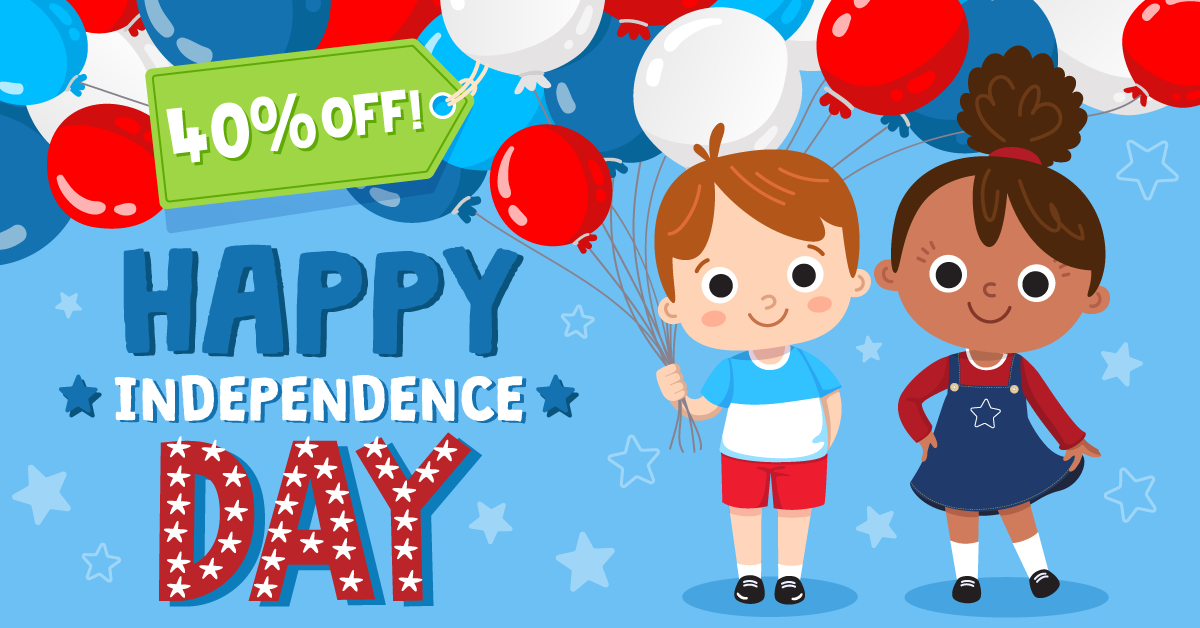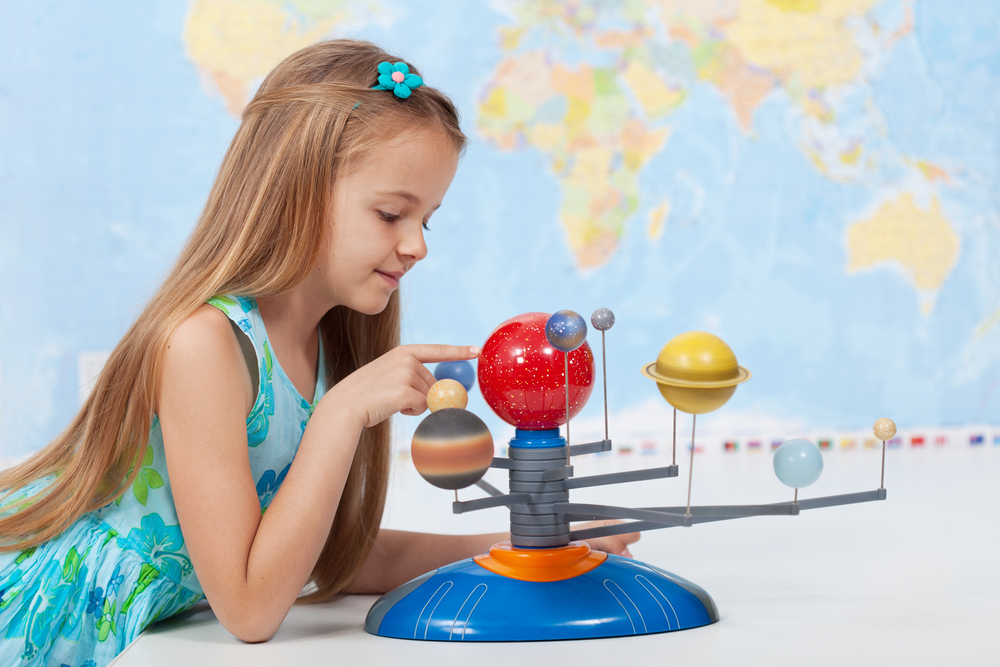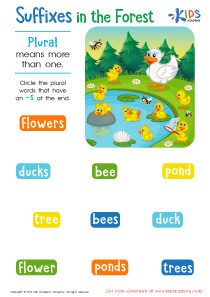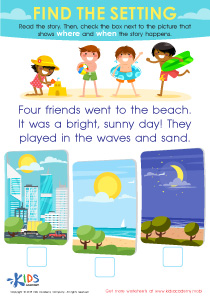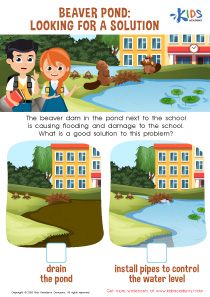Easy Matching Worksheets Activities With Answers for Ages 4-9
8 filtered results
-
From - To
Discover a fun and engaging way to boost your child's skills with our Easy Matching Worksheets for ages 4-9! These printable activities are designed to enhance logical thinking, improve memory, and promote early learning in a playful manner. Each worksheet features simple matching tasks that capture young minds while providing instant feedback with included answer keys. Perfect for classrooms or home learning, these worksheets cater to various learning styles, ensuring educational enrichment meets enjoyment. Get your little ones excited about learning through interactive matching activities that foster essential cognitive skills and nurture a love for education! Download and print today!
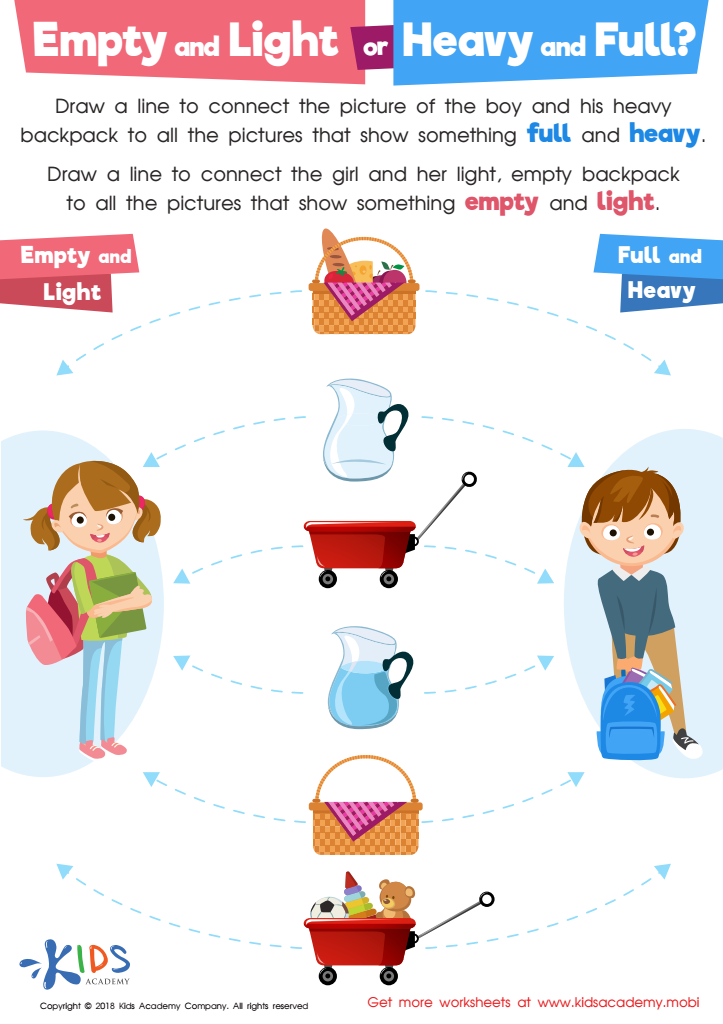

Empty and Light or Heavy and Full? Worksheet
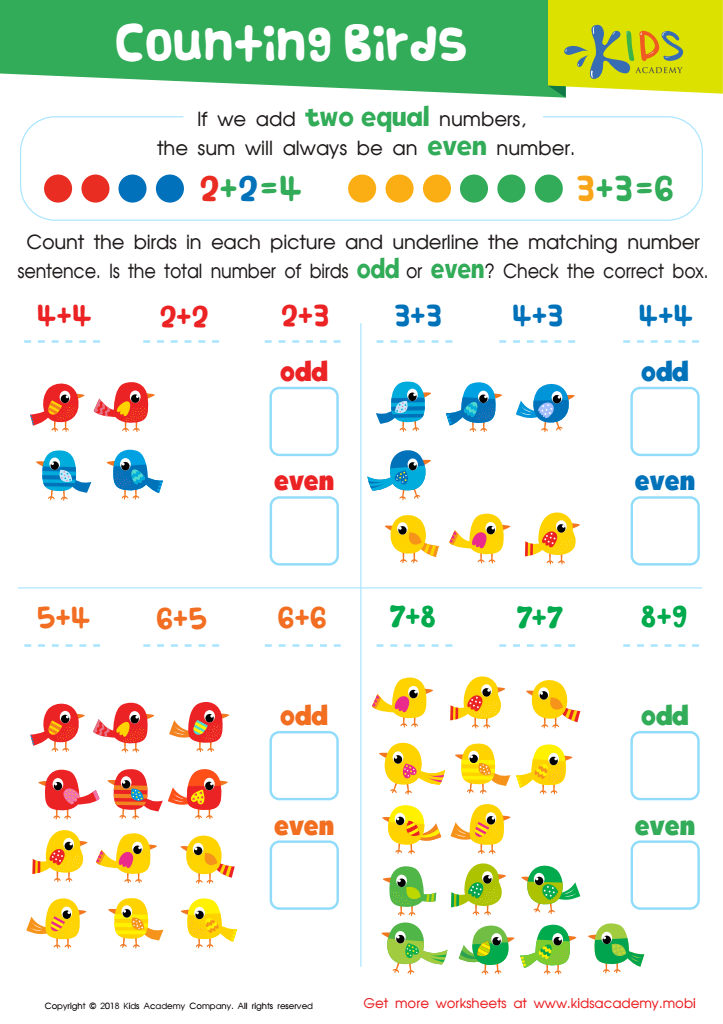

Counting Birds Worksheet
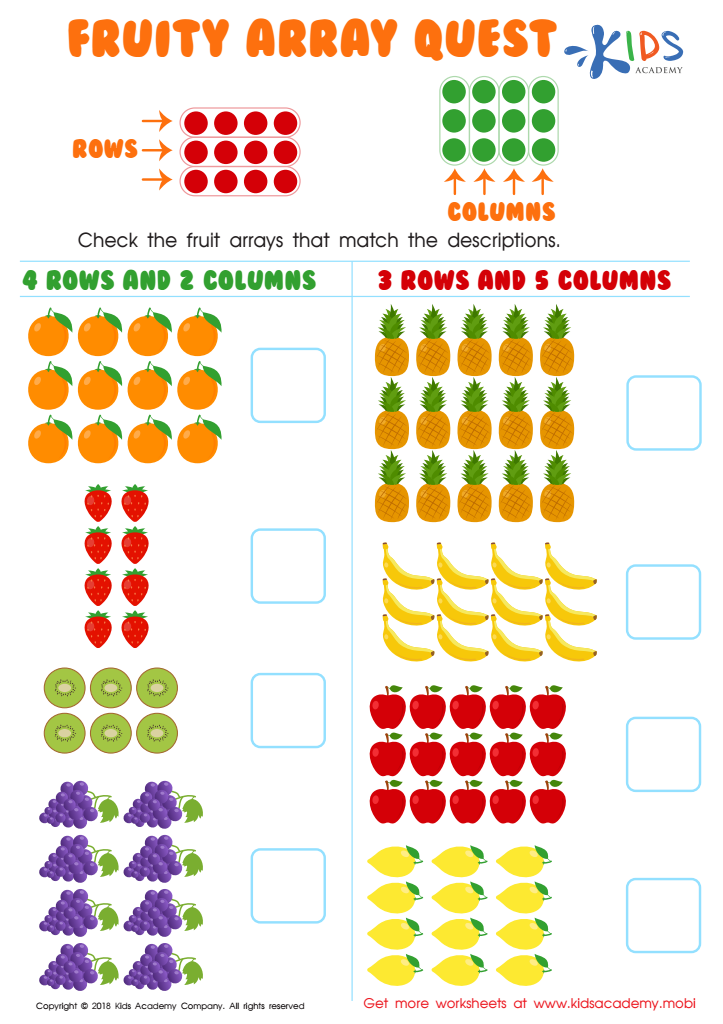

Fruity Array Quest Worksheet
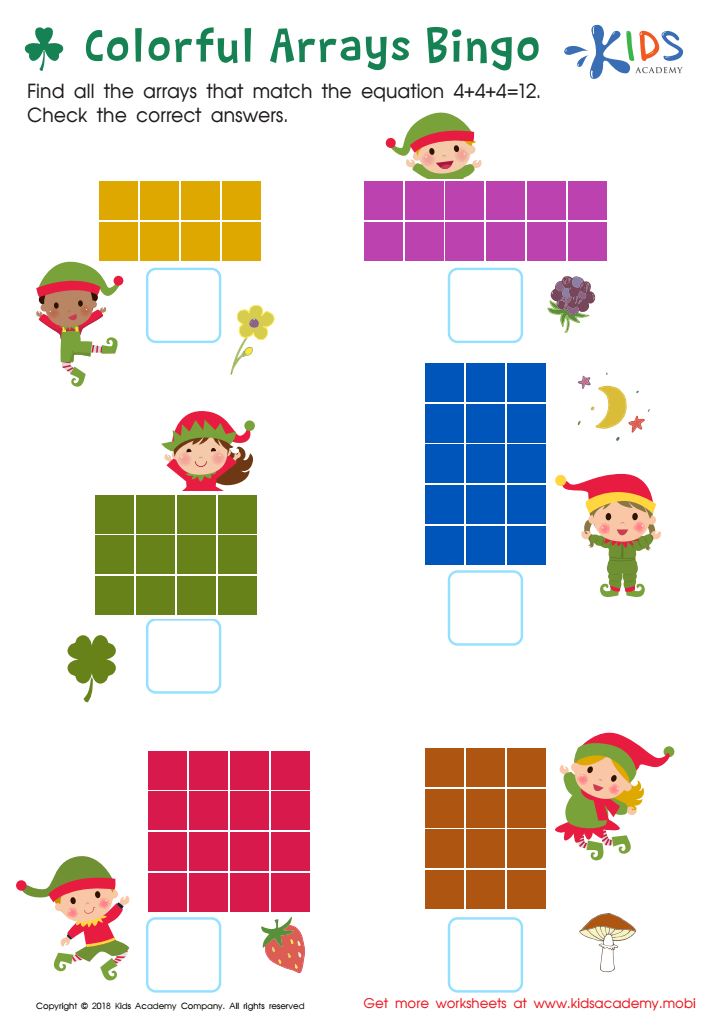

Colorful Arrays Bingo Worksheet
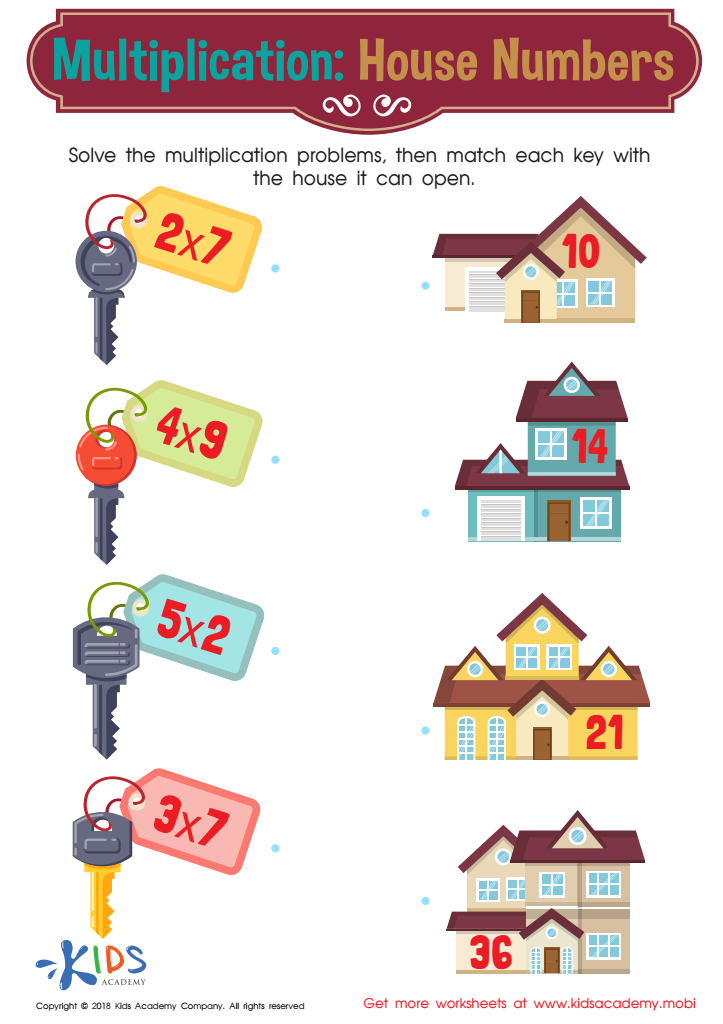

House Numbers Worksheet
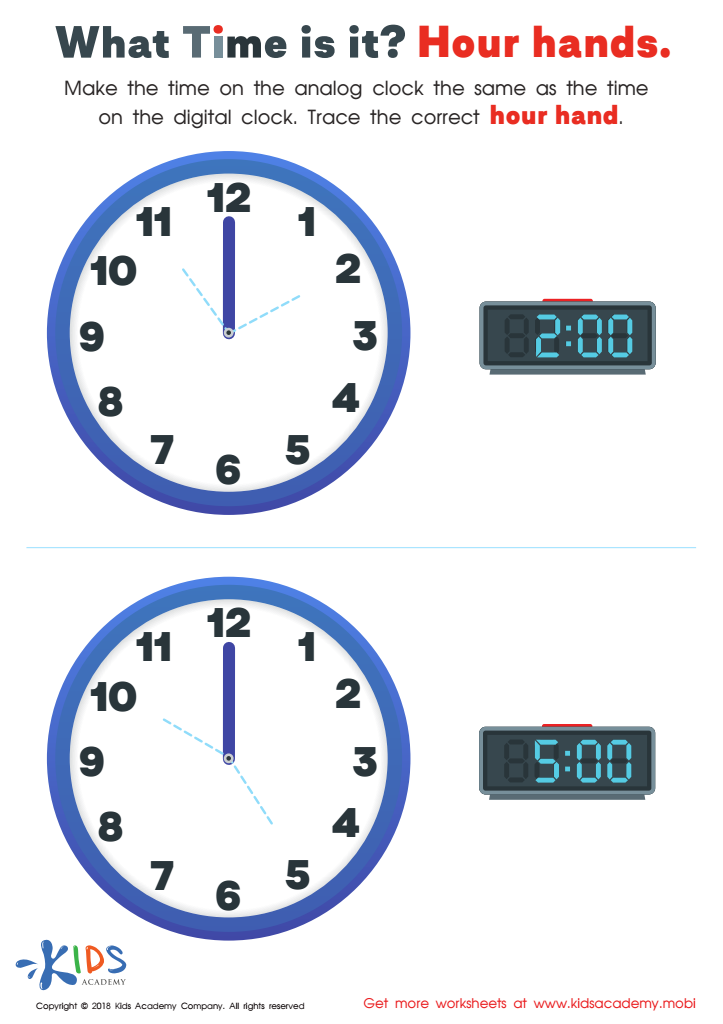

What Time Is it? Hour Hands Worksheet
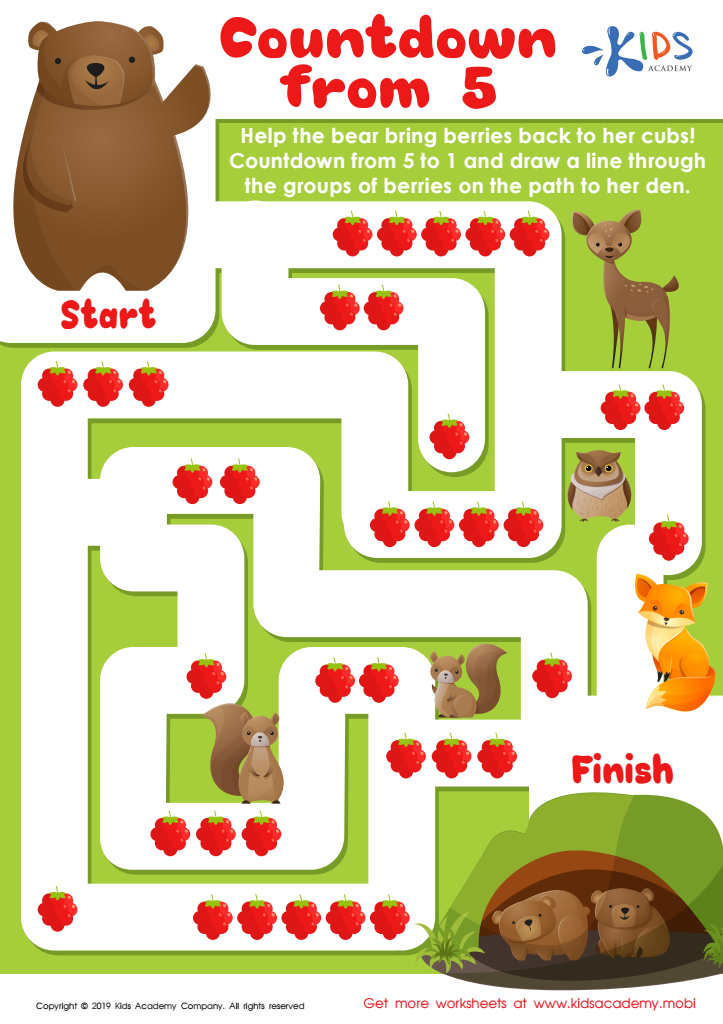

Countdown from 5 Worksheet
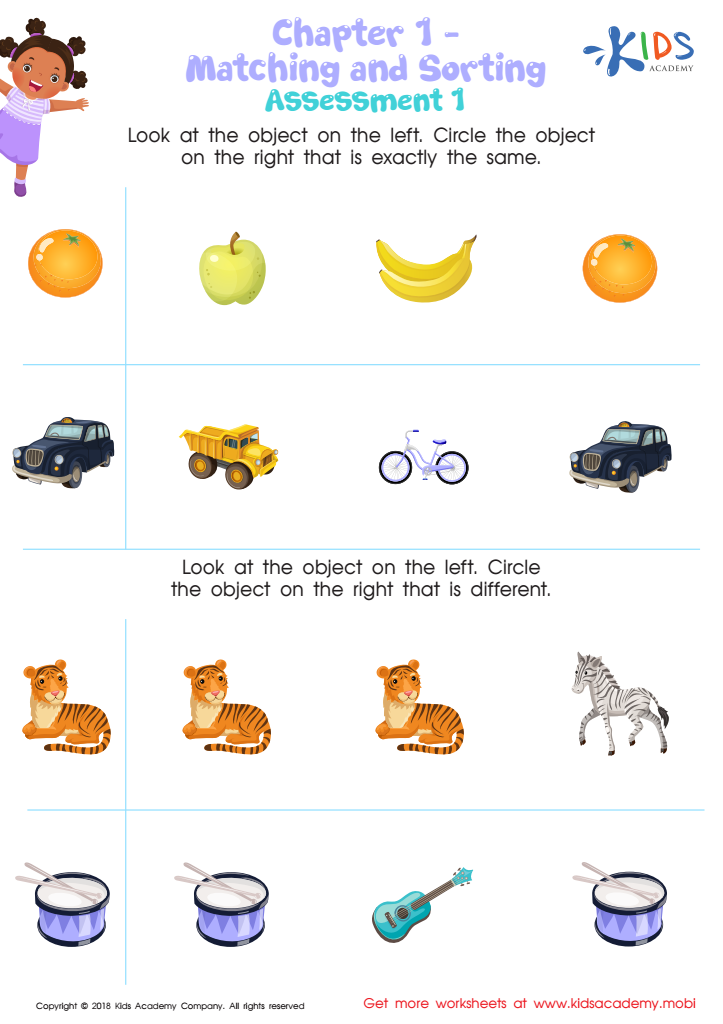

Matching and Sorting for Preschool: Assessment 1 Worksheet
Easy matching activities for children aged 4-9 are an essential tool for parents and teachers alike. At this developmental stage, children are exploring fundamental concepts such as shapes, colors, letters, and numbers. Engaging them in matching activities promotes cognitive skills such as memory, recognition, and critical thinking. When pairs of items are matched, children learn to identify similarities and differences, which enhances their analytical abilities.
Additionally, these activities can improve fine motor skills as kids physically engage with cards or materials. Parents and teachers can utilize these games not only to develop academic skills but also to foster cooperative play and social interaction, particularly when done in groups or pairs.
Moreover, providing answers to matching activities allows educators and parents to easily evaluate a child's comprehension and skill progression. This immediate feedback helps in tailoring educational approaches to meet each child's unique needs, ensuring their learning journey is efficient and enjoyable. Ultimately, incorporating Easy Matching Activities prepares children for more complex concepts in future education, nurtures a love for learning, and builds a strong foundation for lifelong skills. Therefore, making these activities a priority in early education can lead to significant developmental benefits for young learners.

 Assign to My Students
Assign to My Students


